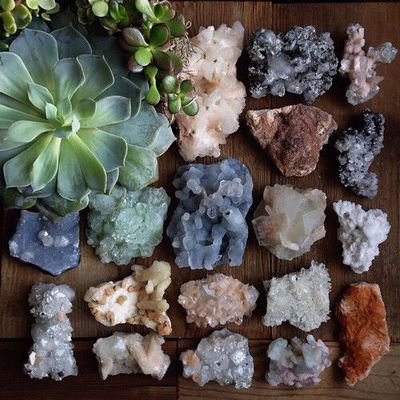Moon rocks or moon rock is commonly referred to as a lunar meteorite, and this type of moon rocks is commonly found on the lunar surface, especially on the lunar limb.

Moonrock or lunar meteorite is rock that has been collected by humans during the course of the exploration of the moon, either from orbiting satellites, or meteorites that have fallen on the moon. This type of moon rock contains an abundance of minerals such as silicon, oxygen, iron, calcium and magnesium.
The Moon rocks are also known to have high amounts of oxygen compared to other materials, as this is usually produced by microorganisms in the moon. Many moon rocks are also rich in manganese and iron oxide, as these types of mineral are the main constituent of many mineral compounds.
Many moons rock are known to have more than one mineral concentration, as it can be mixed with other minerals during the chemical reactions during its formation. Other minerals which can be identified on moon rocks include gold, molybdenum, silver, tungsten, rhodium, titanium, chromium, boron, aluminum, copper, phosphorus, silicon and sodium. As stated earlier, there are several lunar minerals which are abundant on moon rocks. These minerals are mostly synthesized by microorganisms that occur in the moon’s atmosphere. The presence of oxygen, carbon dioxide and nitrogen present in the atmosphere of the moon makes it suitable for the existence of bacteria.
Each type of mineral found in moon rocks is classified based on their composition and formation and some of the most common ones are discussed below:
Beryllium – this is a silicate mineral and is known to be an important component of the moon’s crust. Beryllium is a useful mineral because of its unique ability to bind calcium and magnesium to itself, making them more easily ionized. In addition to this, beryllium is also useful for the development of oxygen, as beryllium is also responsible for the manufacture of oxygen on earth. The composition of beryllium differs in each moon rock that contains beryllium, depending on its crystal structure. This mineral is commonly found in moon rocks that are formed by the growth of organic compounds.
Calcium Oxalate – this is a non-metallic, non-magnetic mineral. It is composed of calcium, oxygen and carbon.

It is a typical mineral found on earth, and was present in moon rocks before, as well as on meteorites. In moon rocks, it is often mixed with potassium and sodium, but in some, it has only been observed to be present with potassium. Since there are no trace amounts of potassium on moon rocks, it can be assumed that this mineral can be formed by different sources.
Iron – this is a magnetically neutral mineral and a trace of iron is found in moon rocks. It is a major component of human bodies, and it is also found in lunar meteorites and is also used in several medical treatments. As such, it can also be found in moon rocks. In moon rocks, iron is usually found as oxides (magnetic particles) and are used for mineral analysis. Some moon rocks contain only small amounts of iron, while there are others which are rich in it. In moon rocks, iron is used to detect oxygen isotopes.
Silica – is another mineral, which is rich in silica. It is used for the treatment of a wide range of diseases and is found in some lunar meteorites. It is also a popular ingredient in toothpaste and hair straighteners. Silica is an extremely common mineral in moon rocks, especially those formed through the growth of organic compounds, which is why it is considered important for moon rocks. Since the moon rocks in which these minerals are found are very important for scientific studies, it is advisable to obtain moon rocks from a reliable source.